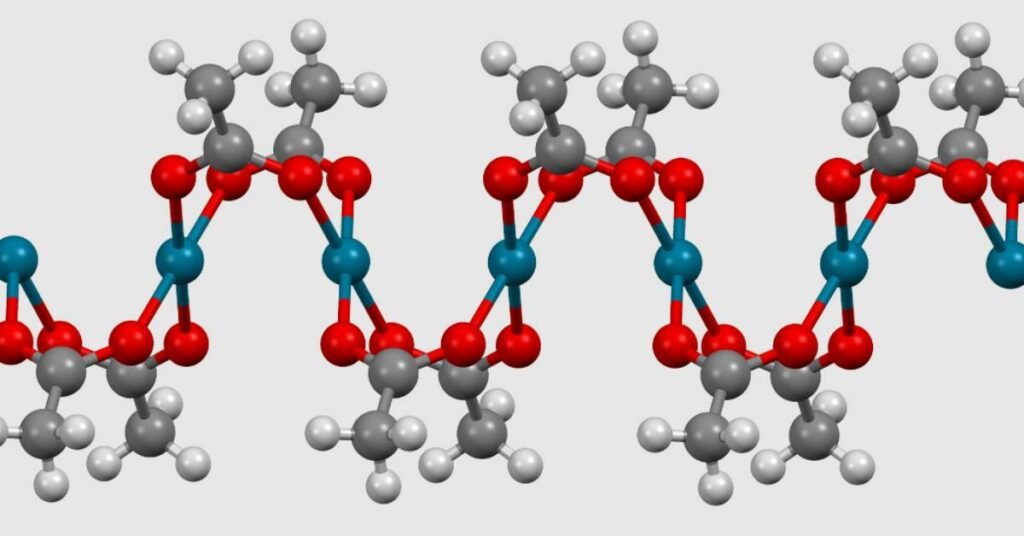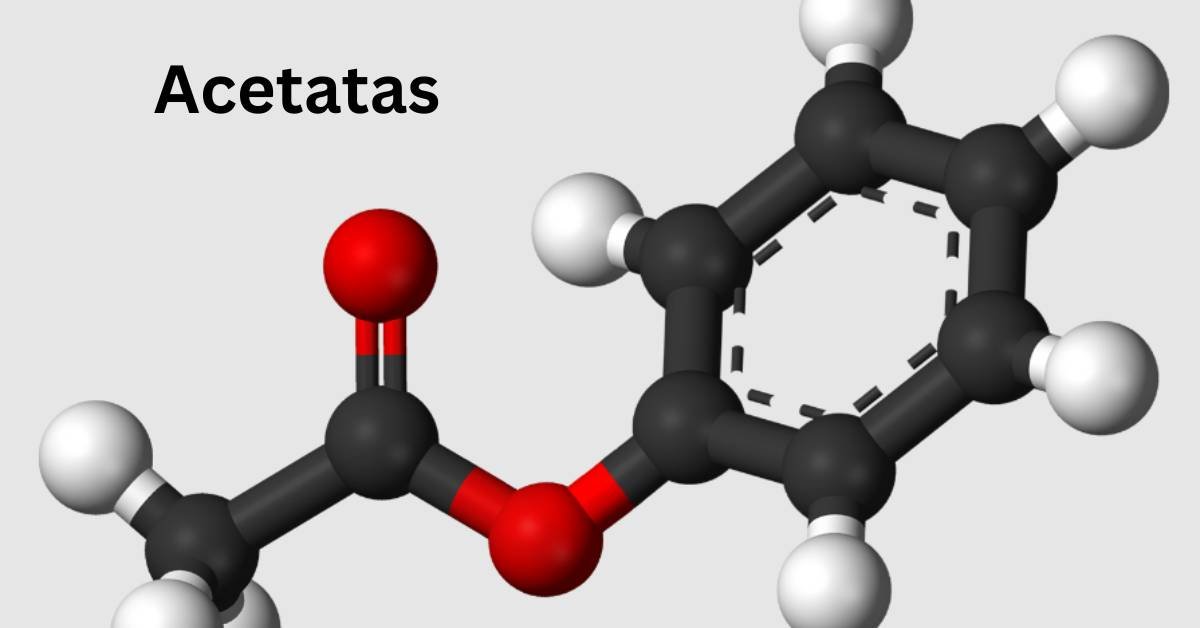In the world of art and design, innovation reigns supreme. One material that has been making waves in recent years is acetate—an incredibly versatile substance that is transforming how artists and designers express their creativity. Whether you’re an established professional or a budding creator, understanding acetatas can unlock new project possibilities.
From its rich history to its modern applications, this wonder material offers endless opportunities for exploration and inspiration.
Let’s dive into the fascinating realm of acetatas and discover what makes them unique!
What is Acetate?
Acetate is a clear, lightweight plastic made from cellulose. Its unique combination of flexibility and durability makes it ideal for various applications in art and design.
This synthetic material is created through acetylation, where cellulose fibers are treated with acetic anhydride. The result is a transparent sheet that can be easily manipulated.
Artists love acetate because it adds depth and dimension to their work. Its transparency allows for layering techniques, creating stunning visual effects.
Additionally, acetate comes in different finishes—matte or glossy—offering even more creative expression options. It’s also resistant to moisture and UV light, ensuring longevity in artistic projects.
From overlays in graphic design to innovative sculptures, acetate stands out as a dynamic medium that continues to inspire creativity across various disciplines.
The History of Acetate in Art and Design
Acetate has a rich history that dates back to the early 20th century. Initially, it was developed as an alternative to traditional materials like celluloid. Artists and designers quickly recognized its potential.
During the mid-1900s, acetate gained prominence in various creative fields. Designers embraced its flexibility and transparency, making it ideal for fashion design and textile applications. It revolutionized how patterns were created and modified.
In visual arts, acetate sheets became popular among illustrators. They used them for overlays, allowing intricate designs to flourish without losing underlying details. This technique transformed graphic design practices significantly.
By the late 20th century, acetate found its way into multimedia art installations. Artists explored its layering capabilities to create stunning visual effects that captivated audiences worldwide. The material effortlessly blended with other mediums, enhancing creativity across disciplines.
Advantages and Uses of Acetate
- Acetate is a game-changer in the world of materials. Its lightweight nature makes it easy to handle, whether you’re creating intricate designs or large-scale art pieces.
- One of its standout features is transparency. This allows artists and designers to layer colors and textures in ways that create depth and intrigue. The versatility extends beyond traditional art, finding its place in fashion.
- You’llAcetate is often used for eyewear frames due to its durability and vibrant color options. Because of its ease of manipulation, it’s also famous for making stencils, prints, and signage.
- In addition to being user-friendly, acetate is compatible with various mediums—paint, ink, or even digital applications work seamlessly with this material.
- Harnessing the unique properties of acetates in artistic expression and functional design projects opens endless possibilities.
How to Work with Acetate in Art and Design Projects?
Working with acetates opens a world of creative possibilities. Start by selecting the right thickness for your project. Thinner sheets are great for layering, while thicker ones offer sturdiness.
Cutting acetate requires precision. To avoid damage, use a sharp craft knife and a cutting mat. Consider using scissors or specialty cutting tools like laser cutters for intricate designs.
When it comes to adhesion, choose a glue that works well with plastic materials. Double-sided tape can also be effective for cleaning edges without mess.
Experiment with printing techniques, too. Inkjet printers work well for vibrant graphics, but ensure you use compatible ink to prevent smudging.
Don’t hesitate to combine acetate with other mediums, such as wood or metal. The contrast creates striking visual effects and adds depth to your pieces.
Famous Examples of Acetate in Art and Design
Acetate has made its mark in various art and design realms, showcasing its versatile nature. One striking example is the iconic eyewear by designers like Ray-Ban, where acetate frames combine style with durability.
In fashion, renowned designer Comme des Garçons often uses acetate for avant-garde collections. The material lends itself beautifully to layering and unique silhouettes.
Artists have also embraced acetate sheets as a medium for mixed-media projects. They allow for vibrant colors and transparent effects that add depth to their work.
Graphic designers frequently utilize acetate in presentations or overlays, enhancing visual storytelling without overwhelming the main content.
Even musicians have tapped into this creative potential; album covers featuring glossy acetates create an eye-catching display that captivates fans immediately. Each instance reflects how acetatas push boundaries across disciplines while remaining functional and appealing.

Sustainability and Ethical Considerations of Using Acetate
Sustainability plays a crucial role in the conversation surrounding acetates. As designers and artists embrace this versatile material, it’s essential to consider its environmental impact.
Acetate can be derived from renewable resources like cellulose, making it more eco-friendly than many synthetic options. However, not all acetate is created equal; sourcing practices vary widely among manufacturers. Sustainable material harvesting is ensured by responsible sourcing.
Ethical considerations also extend to waste management. Acetate is recyclable, which helps reduce landfill contributions when disposed of properly. Artists and designers must educate themselves on recycling processes specific to their region.
Additionally, awareness of production conditions matters significantly. Supporting brands prioritizing ethical labor practices fosters a more sustainable creative industry where people and the planet benefit through mindful choices made with acetates.
The Future of Acetate in the Creative Industry
- The future of acetate in the creative industry looks bright and full of potential. As artists and designers continue to explore new materials, acetate stands out for its versatility.
- With advancements in technology, we’re witnessing innovative applications. Digital printing on acetate opens up endless possibilities for customization. This trend is attracting younger creators eager to experiment with aesthetics.
- Sustainability is also becoming a priority. Eco-friendly alternatives are emerging that maintain the desirable qualities of traditional acetate while reducing environmental impact. Brands focusing on sustainability will likely lead this material’s evolution.
- Moreover, collaborations across disciplines are forging exciting opportunities. Fashion designers incorporate acetate into wearable art, while architects use it for striking installations.
- As creativity knows no bounds, acetate will undoubtedly adapt and thrive within varied artistic expressions. Watching how this dynamic material reshapes our visual landscape is exhilarating.
Conclusion
Acetate, or acetatas, is more than just a material; it’s a dynamic element shaping the worlds of art and design. Its unique characteristics allow for endless creativity while maintaining functionality. Artists and designers have embraced this versatile substance, pushing boundaries to create stunning works that captivate audiences.
The journey of acetate from its early days to its current applications in various fields highlights its importance in creative industries.
As artists explore innovative ways to incorporate acetate into their work, they enhance visual appeal and pave the way for sustainable practices.
As we look ahead, the role of acetates seems promising. With ongoing advancements and an increasing focus on eco-conscious materials, acetate will continue to inspire creativity across multiple disciplines.
Embracing this material means embracing a future filled with artistic potential and responsible innovation.
Whether you’re an artist exploring new mediums or a designer seeking fresh ideas, incorporating acetatas can elevate your projects significantly. The possibilities are as vast as your imagination allows!
Latest post!
- Leah Gettens: A Journey of Dedication, Talent, and Success
- Florian Hartenstein: A Journey of Passion, Talent, and Success
- Unlock Premium Features on Castle App: A Comprehensive Guide
- Quintin Conway Obituary: Celebrating a Life Full of Memories
- FlixHQBZ Originals: A New Era of Exclusive Streaming Content
- Hurawatch.bz: A Safe and Seamless Streaming Guide for 2024






